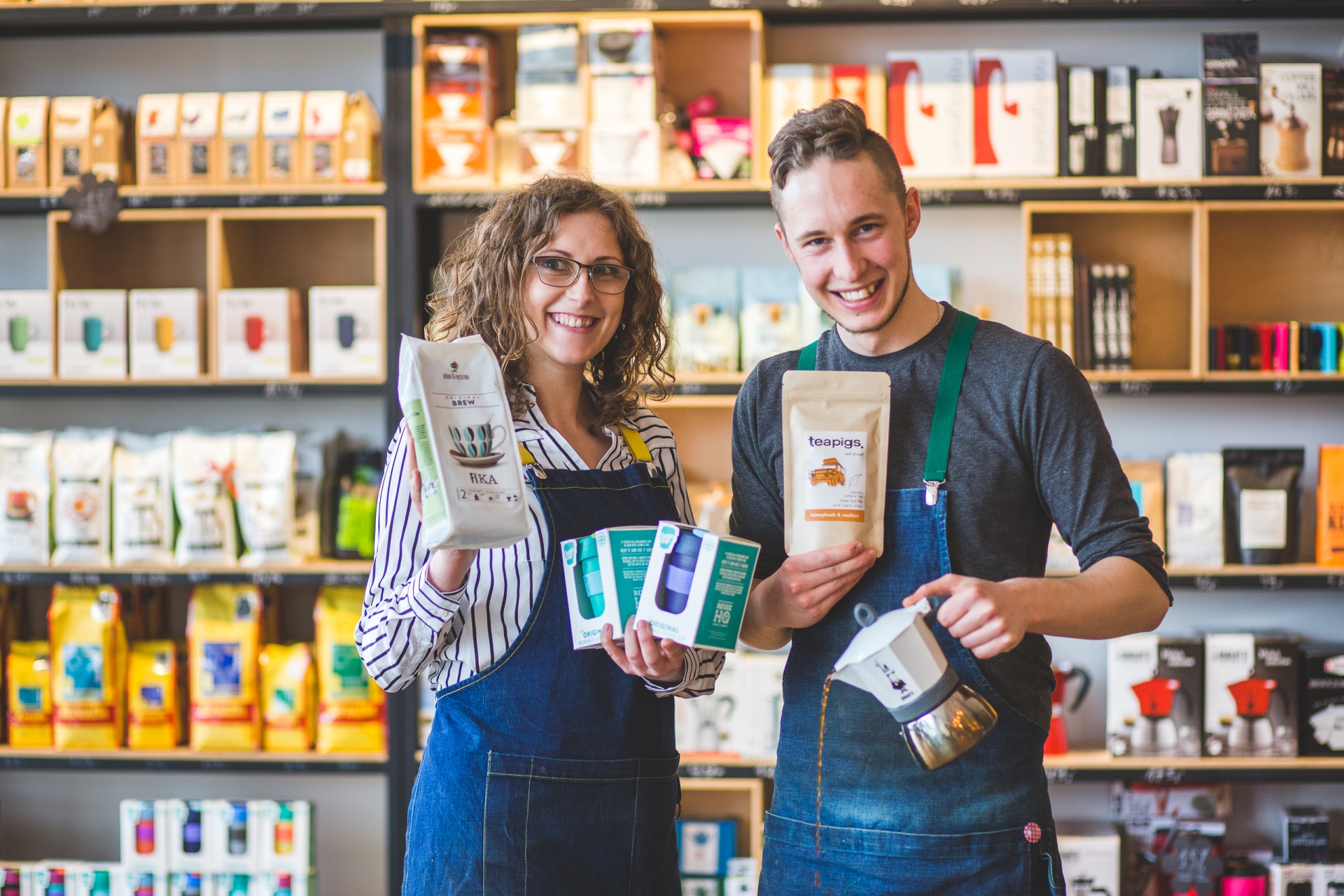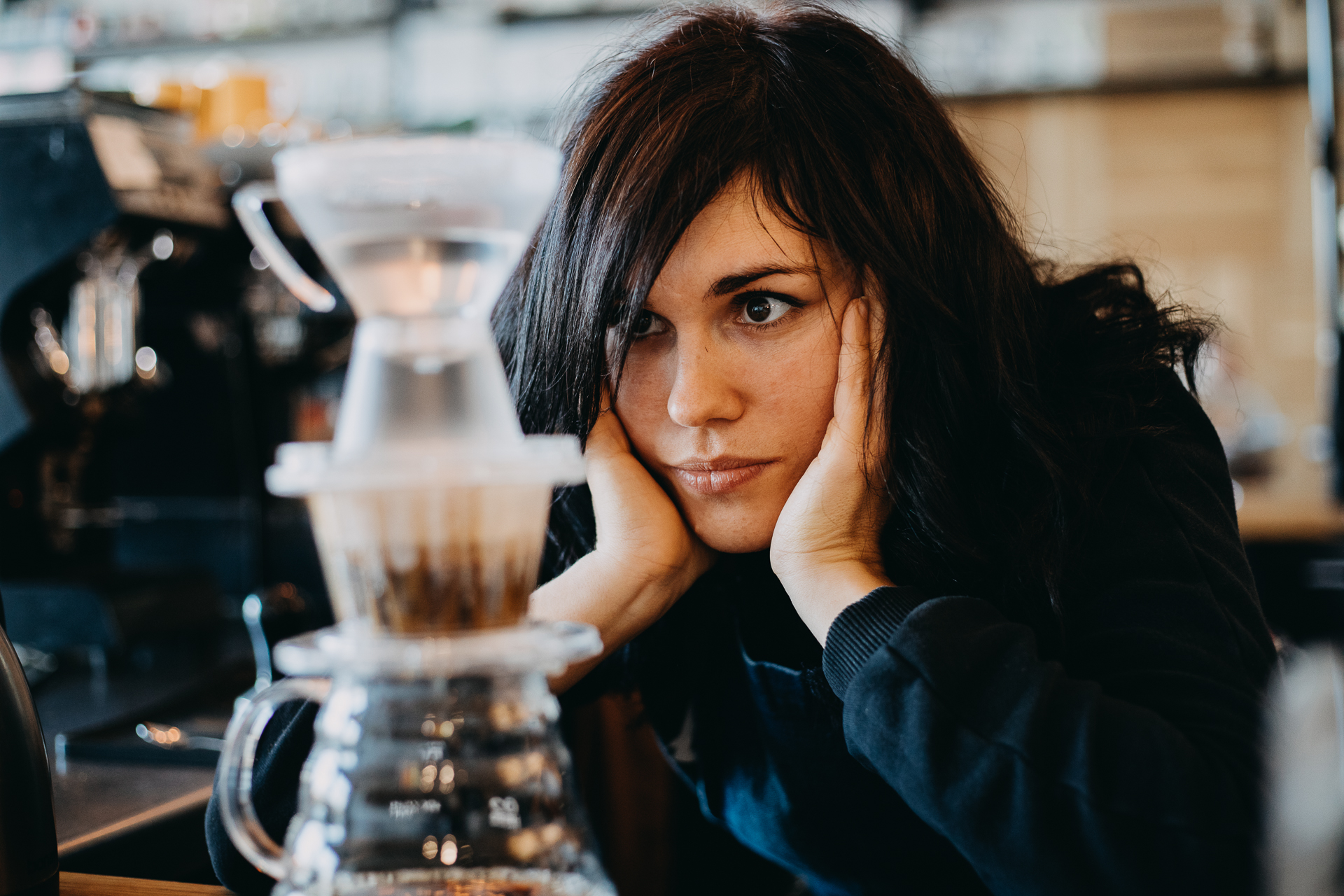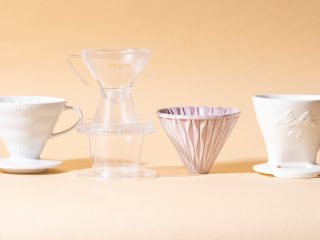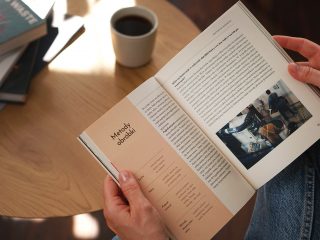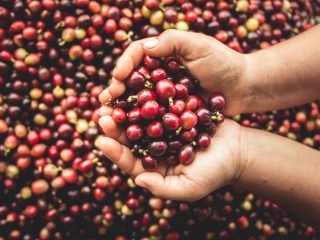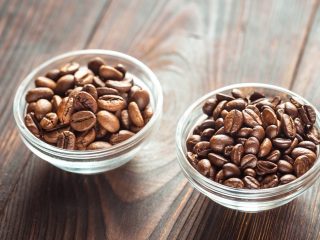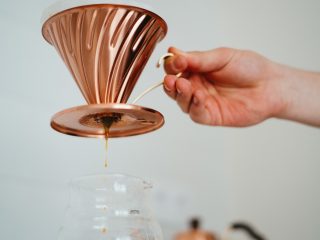Coffee for me used to be a mere black drink to have with scrambled eggs in the morning. In those days my attention was focused on the question “Which came first: the chicken or the egg?” rather than on “What am I actually drinking?”. It kind of dawned on me that coffee grew in the jungle next to tobacco, tea and bananas, but I didn’t know anything else about it. I’d never even suspected that there were any “waves” in coffee. Now that I know the history of coffee, I’ll be happy to share it with you!
In search of the Black Gold
Oil is one of the most valuable raw materials in the world. Next in line, a beverage of similar color, which is one of the staple foods in world trade. The history of coffee goes back to the parable of an Ethiopian (in some versions Yemeni) farmer who discovered coffee beans and wondered why the goats he had come across were agitated. Legend has it, coffee was discovered probably around 1000 BC. It was popularized in the Arabian countries before the 15th century. Its most important center was Mokka.
Sounds familiar? Coffee first traveled from Egypt to Great Britain, and that’s how it came to Europe. Then some careless Turks abandoned some coffee near Vienna (another legend), which allowed to open the first kaffeehaus there. Coffee came to Poland with Sobieski, and from here European expansion, exploration and colonies begin. Monarchs issue special decrees “allowing” to colonize places favorable for the cultivation of coffee. The Dutch take the shrubs to Ceylon and Java, the French – to Martinique. In 1719 the Portuguese steal seedlings from Guyana and plant them in Brazil. Coffee is already growing across the tropics, but Brazil is getting closer to the monopoly. To date, almost half of the world’s coffee comes from South America. Perhaps while you’re reading this, you are waiting for your first cup today.
Instant coffee and Cold War – the First Wave of Coffee
The pace of the shift from coffee being an exclusive product for the elite to becoming a popular beverage for the masses was slow. The so-called first wave is the term for a period that goes back even to 1800!
Coffee was becoming more common and available. In 1903, instant coffee was created for everyday consumption. At that time, the United States of America bought over 70% of the coffee available on the world market. The coffee maker – the servant whose role was to serve coffee to the Master and Mistress first thing in the morning – went out of date. Everyone could drink a coffee made at home.
In the US, the Cold War revolved around coffee. Perhaps it was not only about coffee, but its popularity among the American society could not be undone. If the Latin American countries, whose agricultural income accounted for 40-60% of coffee, had been handed over to the Cuban communists, the market would have collapsed. Limiting its purchase would have risked pushing poor farmers and planters right into Moscow’s tentacles.
Therefore, coffee exports had to be protected. During the Cuban crisis, Hubert Humphrey assured the US Congress that maintaining good buying-in prices for coffee was “… a matter of life and death.” So, in 1962 the International Coffee Agreement was created, under which coffee prices were regulated and kept high, while ensuring strong demand. It had a direct impact on the economic possibilities of farmers and affected their quality of life. The United States had interfered with the coffee market in South America before. During World War II, in order to prevent coffee producing countries from sympathizing with the Nazis and the Soviet Union, the Inter-American Coffee Agreement was signed.
The Second Wave and Pumpkin Spice Latte
The early ‘70s see the emergence of coffee chains. On March 30th, 1971, the first Starbucks opens in Seattle. We no longer have to drink coffee at home. The popular network systematically expands to the entire United States, and then to Europe. In metropolises followers pop up like mushrooms. It is the so-called second wave in the history of coffee. Standards are regulated. Everybody buys coffee. The streets from Los Angeles to London are flooded with people carrying it in paper to go cups.
Coffee is not only a product, it’s a pastime. Sitting in the cafés is a lifestyle, it’s not just the matter of satisfying the need for a caffeine kick. However, the market belongs to large enterprises that popularize coffee as their product. In order to maximize profits, we drink not only espresso but also various other coffee drinks such as the Pumpkin Spice Latte or the Gingerbread Coffee. We, consumers, know more, but we also drink what they give us.
The Third Wave
In 2002, an article by Trish Rothgeb first classifies the history of coffee in waves. The third wave was about shifting the center of gravity from large enterprises to us – consumers. We demand more and more from coffee, and large producers are not keeping up with us. We have made a place in our cups for the specialty coffee beans – those that were rated by Q-graders at over 80 points on a 100-point scale.
In the third wave, we pay attention to transparency. Our visits to cafés are not only about the so-called “golden cup” – a perfectly brewed, balanced cup. While enjoying coffee, in addition to the aromas we dream of at night, we also look for information about what we drink. Knowing that this is Ethiopia is no longer enough for us.
We want to know everything: Which botanical variety is it? Is it SL-28? Or Geisha, perhaps? How was it processed? Is it natural or washed? Oh, lactic fermentation – yes, please, I haven’t tried it yet! And in which region of Colombia does it grow? At what altitude? Which farm? In Panama? Is this the famous Santa Esmeralda? Even if not everything is written on the packaging, we can easily trace where the green grain comes from, sometimes we can even high five the roaster that roasted it for us, and chat with the barista over the drip while he’s making it for us.
At the end of the ‘90s in the USA, about 10% of the market was made up of specialty coffee. Today, local roasters that are no longer so local, have taken about 30% of the coffee market. In 2013, 55% of the coffee shops were independent, outclassing Starbucks and the like. The “holy trinity” that started the trend was Chicago’s Intelligentsia Coffee & Tea, Portland’s Stumptown Coffee Roasters, and Counter Culture Coffee. According to a survey conducted by SCAA, over 30% of respondents drank coffee from this segment yesterday.
What’s next? Is the Fourth Wave already on the horizon?
Gwilym Davies of PrufrockCoffee in London has no doubts about that. Now everything is in the hands of café owners and baristas. We must smile, be ready to talk and help. Cafés should not limit to serving good coffee, they should also serve good food of a similar quality.
That’s all theory, of course, industry talk. There is no sign on the door to our café certifying that we’re in accordance with the third or fourth wave. Perhaps we’re already creating the fifth. Everyone would like to come round to a café not only for coffee. Whether it’s a conversation, almond pie, vegan cheesecake or a “quick espresso at the bar” – it does not matter. The jargon is not important, what counts is good coffee and good people on both sides of the brew bar, the rest is as you please.




